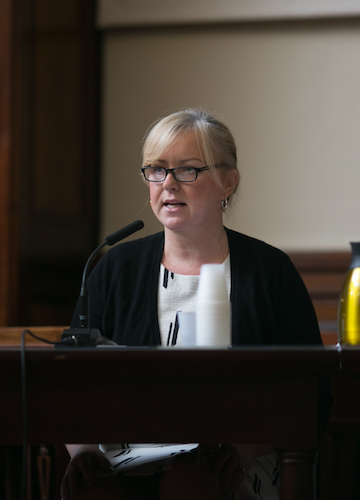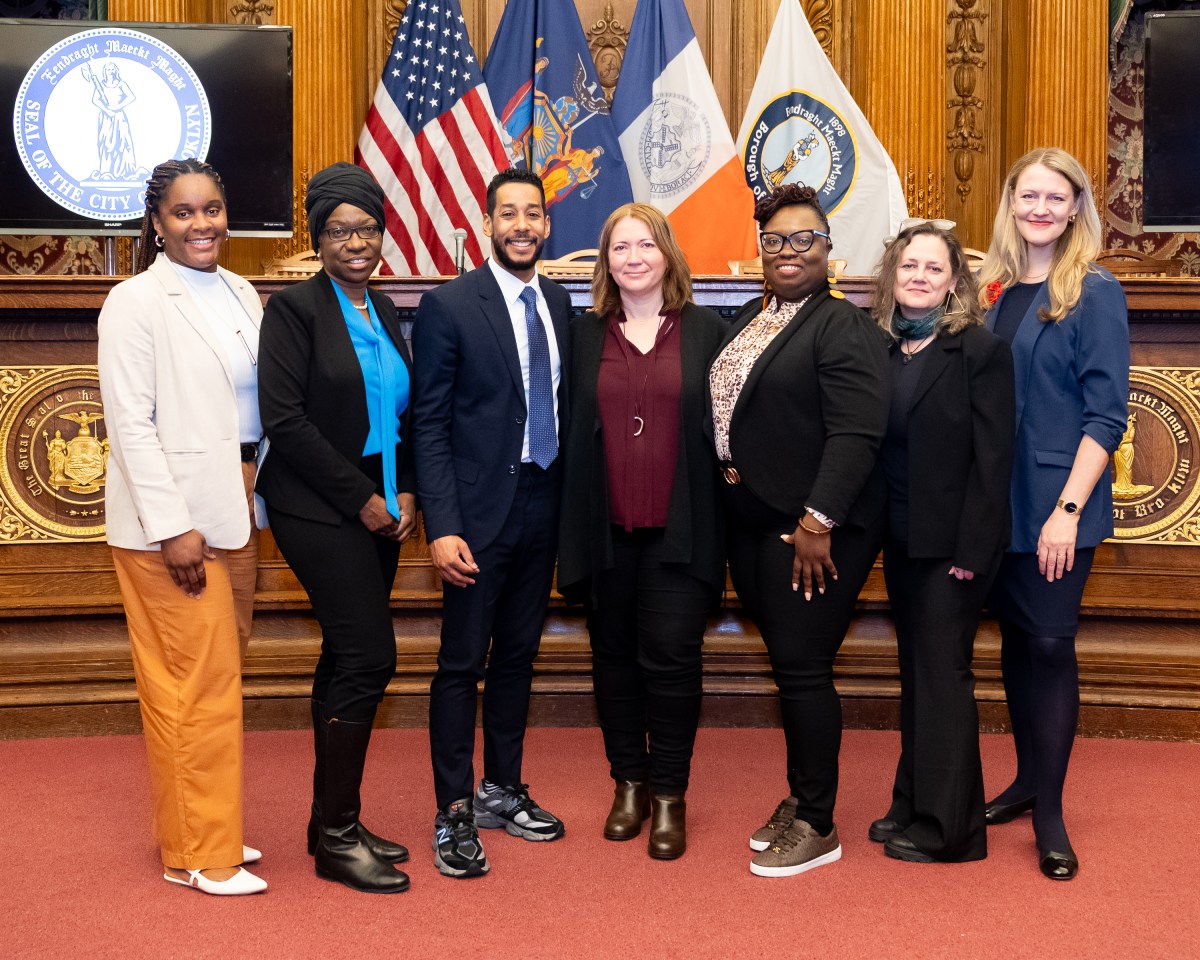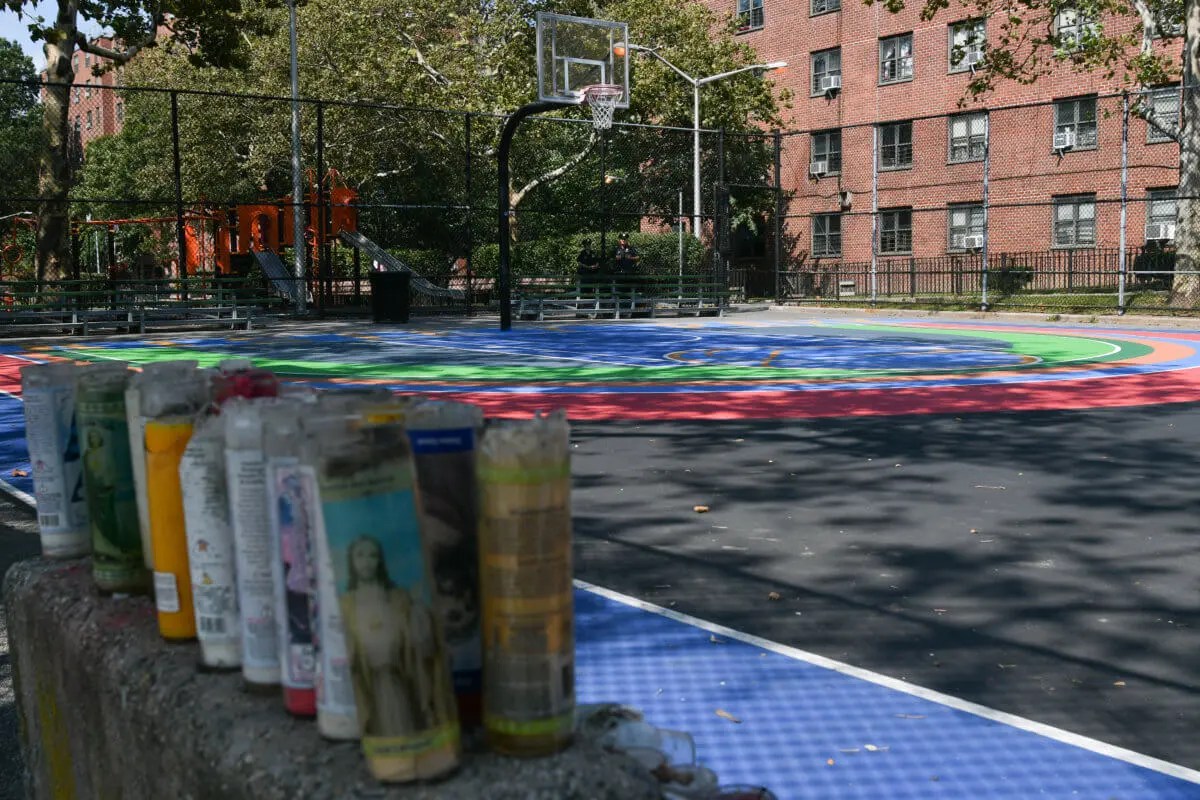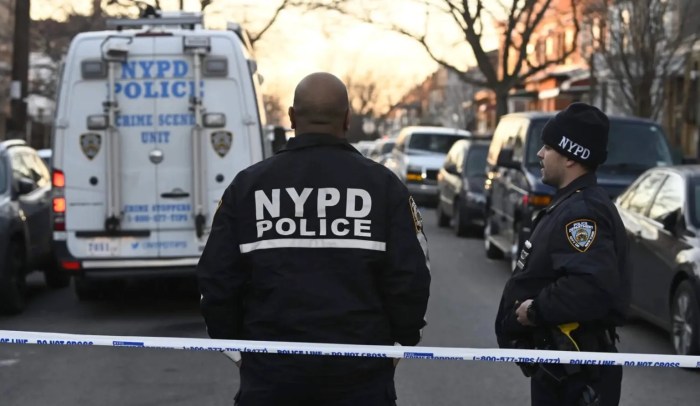
BY YANNIC RACK | A boon for New York’s sidewalks, or a kick to the curb for its newspaper boxes?
The city is pushing for tighter rules governing the roughly 10,000 newspaper boxes spread across the five boroughs in an effort to clean up public sidewalks, but the proposed legislation is facing heavy pushback from publishers, who say the measures are an unnecessary burden and will cause a dent in their distribution.
A set of five bills, introduced by various city councilmembers this week, aims to establish stricter requirements about how often newspaper distribution boxes have to be stocked and cleaned of graffiti and garbage, and where they can be placed.
“It’s an issue familiar to many New Yorkers — of news racks sitting empty and filled with garbage,” said Ydanis Rodriguez, chair of the Council’s Transportation Committee, which heard testimony on the proposal from city officials and the newspaper industry last week. “These bills are about ensuring that the dispensaries for these papers are clean, regularly filled, and attractive to passersby.”
The city’s Department of Transportation, which oversees and maintains public sidewalks, backs the legislation, and the bills also enjoy support from some business improvement districts, including the Times Square Alliance and the Garment District Alliance.
Under the proposed rules, news racks — both single boxes and so-called modular racks that contain multiple publications — would have to be registered with the city and supply certain information, including delivery schedules and insurance certificates, every year.
The legislation would also establish additional standards regarding maintenance and placement, including tighter deadlines by which empty or cluttered boxes have to be cleaned and restocked, and a ban on any boxes in the vicinity of taxi stands (current laws already mandate other placement restrictions).
Under the bills, owners of modular racks would also have to submit a plan to the city for approval and give local community boards opportunity for comment, and single boxes would be banned from blocks that already contain a modular rack.
“Taken together, [these bills] will strengthen cleaning and maintenance requirements,” said Vincent Maniscalco, the DOT’s assistant commissioner for highway inspection and quality assurance. “What we are looking for is better compliance. We want to work with the industry.”
But publishers argue that most of them are already diligent about maintaining their boxes, and say that the additional restrictions would be punishing to an industry that is already struggling to provide vital news to the neighborhoods it serves.
“We aren’t the ones filling our racks with garbage or painting them with graffiti,” said Michelle Rea, executive director of the New York Press Association, pointing out that current regulations were already so onerous that the number of boxes registered in the city was down 25 percent from three years ago.
“More regulations aren’t the answer,” Rea said. “Enforcing the current regulations is a better solution.”
“Without the ability to walk down the street and find a local paper in a news rack, the very citizens who need to read our coverage will not be able to find it,” said Jennifer Goodstein, CEO of NYC Community Media and the publisher of Manhattan Express. “News racks play a very important role in the city. They play a very important role in branding our product. We ask that the rules be enforced, not expanded, and that communication between publishers and the Department of Transportation be improved through the use of email or another form of electronic communication.”
DOT officials said the city receives several hundred complaints about the boxes every year — mostly about dirty and graffiti-covered boxes used as trash bins — with most complaints coming from Community District 8 on the Upper East Side.
In the last fiscal year, the agency issued more than 2,200 notices of correction for non-compliant boxes, but they resulted in only around 350 summonses — prompting even Rodriguez to acknowledge how low that number was. “If we rely on those numbers, we can say that most are not being targeted by DOT because they comply,” he said.
But the officials maintained that the rules would simply keep city sidewalks cleaner by way of stricter enforcement.
“It will make our streets safer and cleaner, and the publishers will still have their papers out there,” said Maniscalco. “We’re not against news racks. If we issue a notice of correction and its corrected right away, we won’t issue a summons.”
The current laws around the boxes, instituted in 2002 and amended in 2004, mainly rely on a self-certification process to show they are kept in shape, only mandating that “best efforts are being made” to keep them clean and stocked, according to Maniscalco. Under the new regulations, this would be replaced with an actual mandate to keep the boxes clean and stocked at all times, he said.
If the bills are enacted, DOT would still issue notices of violation to publishers for dirty, damaged, and empty boxes, but be able to issue fines more quickly if the problems are not rectified in time.
“While most publications try to make sure their boxes are clean and stocked, many news racks remain a blight on our sidewalks,” said Bronx Councilmember James Vacca, a Transportation Committee member and the sponsor of one of the bills. “And our existing rules don’t do far enough to address that.”
Some who showed up to the hearing even one-upped the councilmembers, suggesting the bills should be more severe.
Christine Berthet, former chair of Community Board 4 and a founder of the advocacy group Clinton Hell’s Kitchen Coalition for Pedestrian Safety, said she would like to see even stricter rules enforced — including bolting down boxes on the sidewalk and banning any racks within 25 feet of pedestrian crossings.
“We wish this legislation would go further,” she said, adding that less newspaper boxes would mean more safety for the 75 percent of New Yorkers who walk at some point in their daily commute.
In the end, Rodriguez promised to discuss the legislation further and hear out its opponents, to make sure any new rules would be considerate to the newspaper industry.
“We will continue this conversation,” he said. “We’re not in the business of creating a hardship.”





























